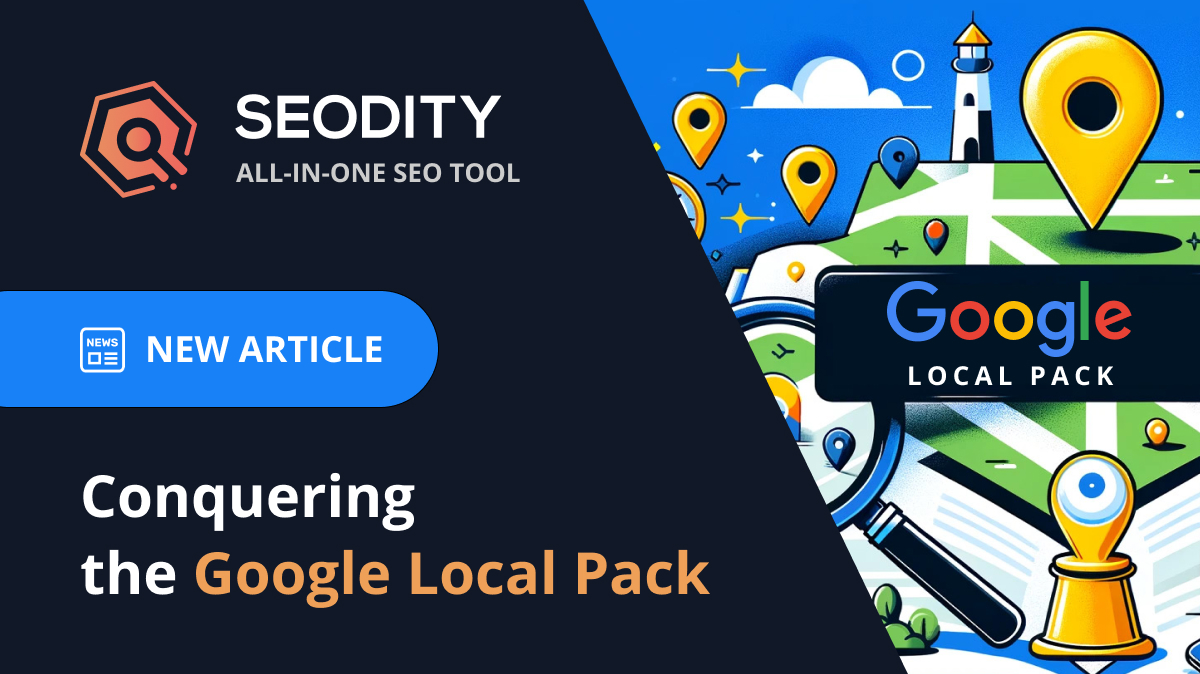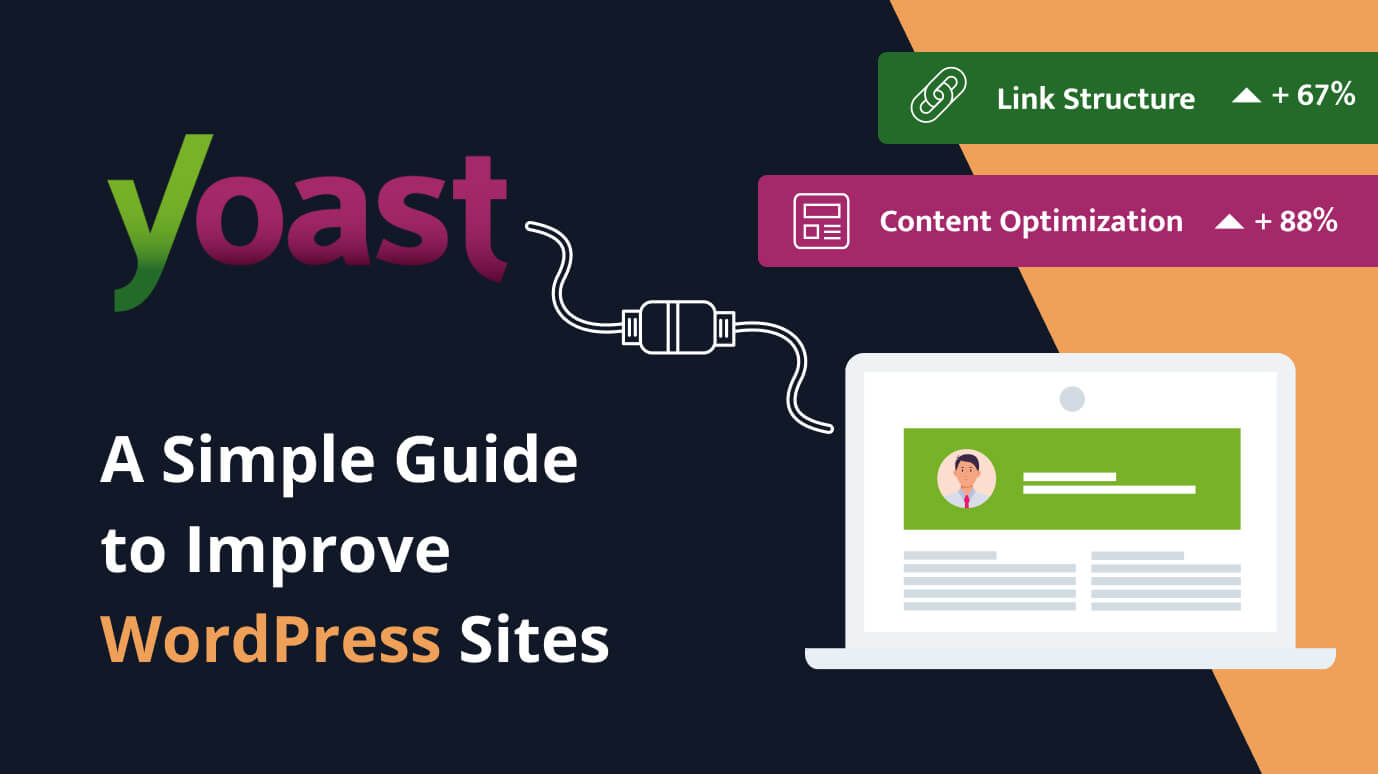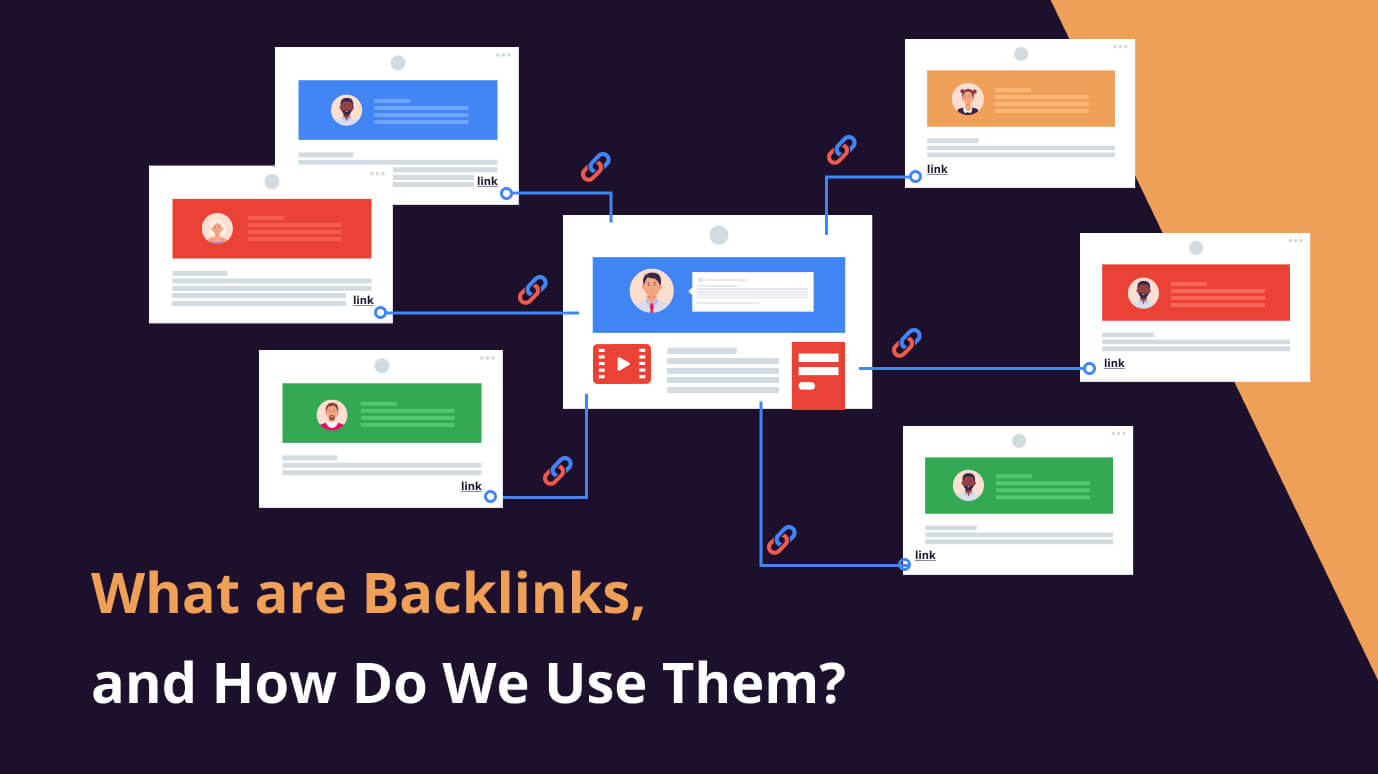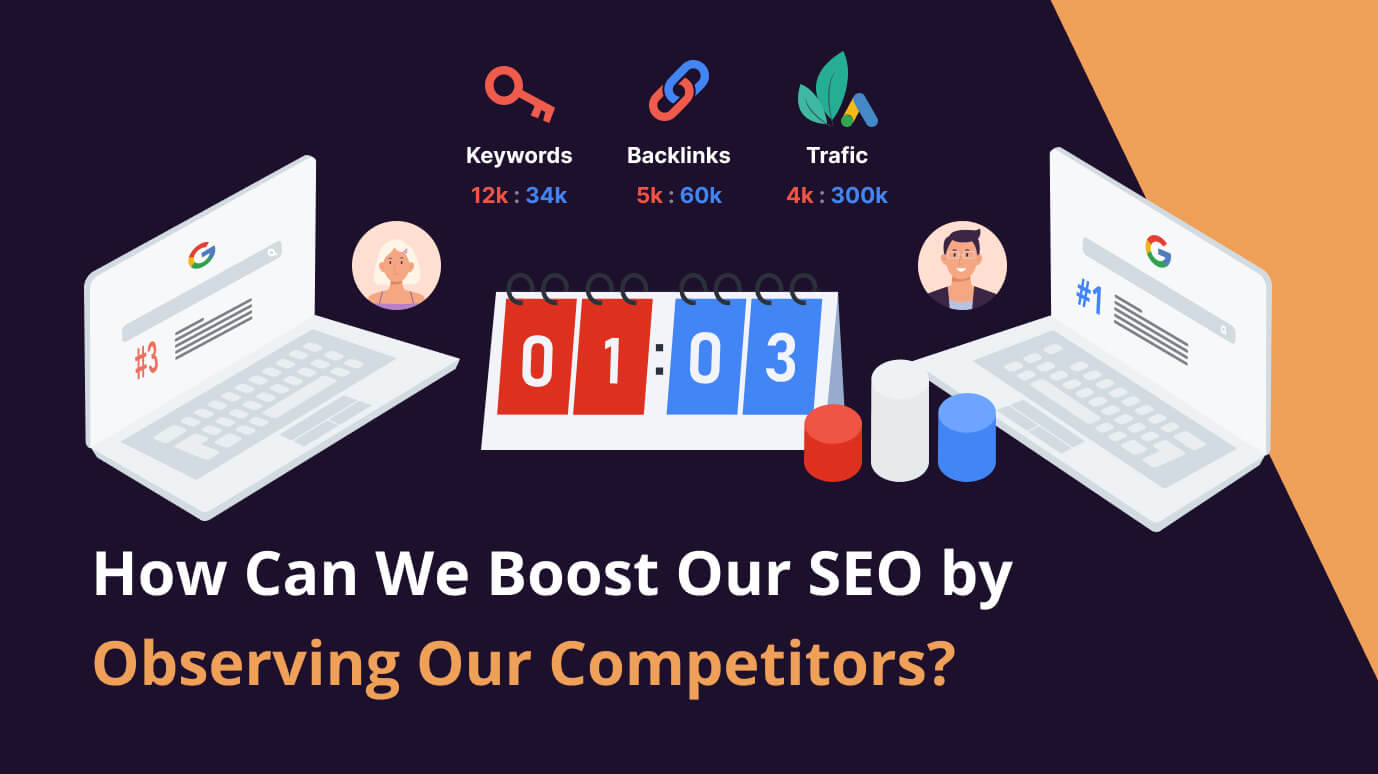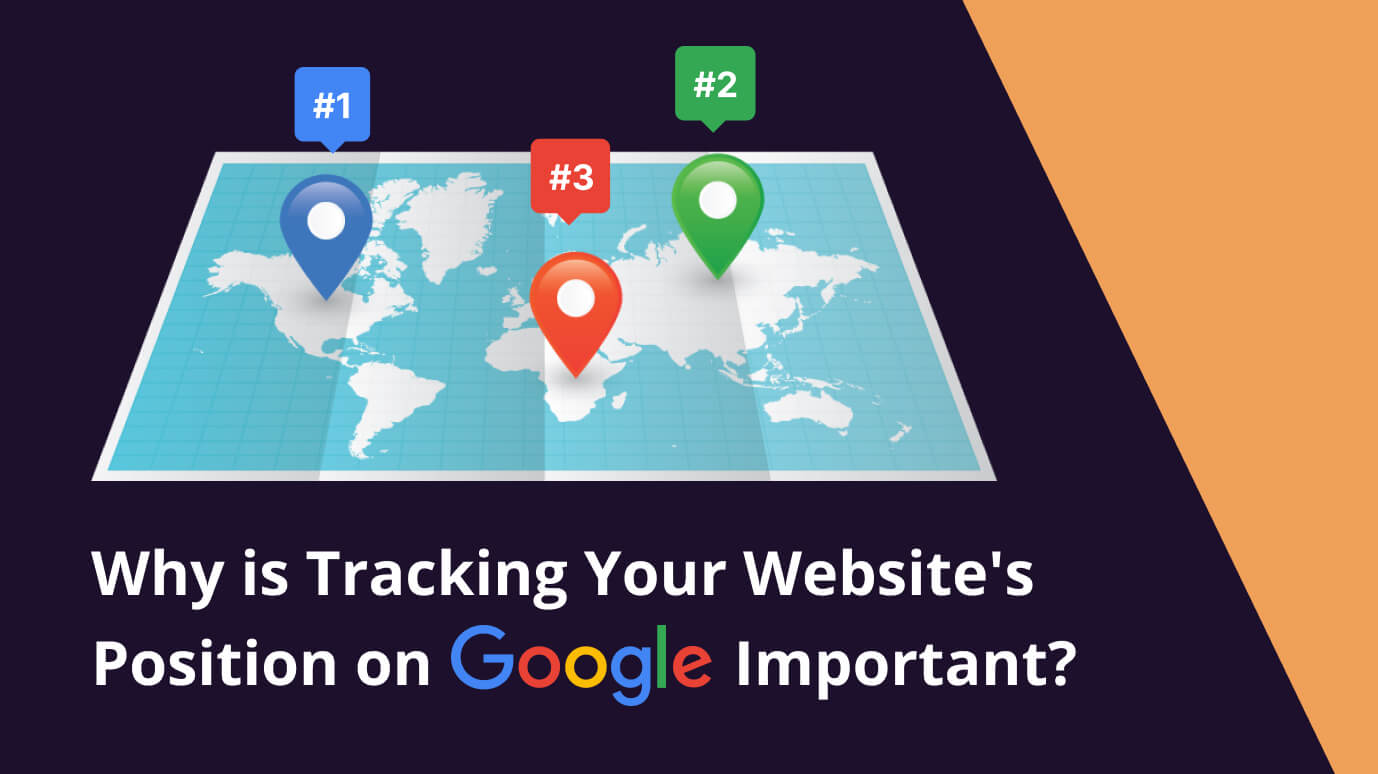
 6 min read
6 min readHow to Optimize for Featured Snippets and Achieve Position Zero on Google
How to Optimize Website for Featured Snippets and Position Zero
Optimizing a website for featured snippets and Position Zero in Search Engine Result Pages (SERPs) is a crucial aspect of modern SEO strategies. Featured snippets provide a quick answer or summary to a user's query directly on the search results page, often appearing before traditional organic search results – hence, Position Zero. This visibility enhances user experience by providing instant information and significantly increases a website's traffic by capturing a larger share of clicks from search results. Achieving Position Zero requires a comprehensive understanding of how search engines interpret and display content and strategic planning in content creation and Technical SEO practices. In this guide, we'll explore the ins and outs of Position Zero, why it's important, and actionable strategies you can implement to increase your chances of landing this coveted spot in SERPs.
Understanding Position Zero
"Position Zero" refers to the coveted spot above the first organic search results on the Search Engine Results Pages (SERPs). This position is typically occupied by a featured snippet, a concise, direct answer to a user's search query. Featured snippets come in various types, including paragraphs, lists, steps, and tables, aiming to provide users with immediate information without clicking through to a website. As search engines, especially Google, continue to evolve towards delivering more precise and immediate answers to queries, obtaining Position Zero has become an increasingly important goal for SEO professionals and website owners alike. It offers supreme visibility compared to traditional organic listings and positions the website as an authoritative source of information, boosting credibility among users.
The Significance of SERP Position Zero
Having a top spot in search results, known as Position Zero, is crucial for online success. It's like having a megaphone in a busy market, boosting a website's visibility and trustworthiness. People trust the information at Position Zero because search engines show it as the best answer to their questions. This trust leads to more people clicking on the website, increasing traffic. Being in Position Zero also helps make a brand more recognized and seen as an authority in its field. This can improve a website's search engine performance and success. In short, securing Position Zero is not just about being seen more; it's key to building a trusted and authoritative online reputation.
Strategies for Achieving Position Zero
In the quest for Position Zero, mastering specific strategies is essential. Achieving this premier ranking requires a nuanced approach combining content optimization and technical SEO. Below, we delve into practical methods you can apply to increase your odds of securing Position Zero in SERPs. These strategies encompass refining your content to align with the format favored by featured snippets, ensuring your website's technical aspects facilitate content discovery and indexing, and analyzing the competitive landscape to identify gaps and opportunities. By implementing these tactics, you're not just aiming for higher visibility; you're striving to position your website as the authoritative answer to your audience's queries.
Optimizing Content for Featured Snippets
To enhance your website's chances of being featured in Position Zero, tailoring your content to meet the criteria for featured snippets is paramount. Begin by conducting thorough research on common queries related to your niche, focusing on questions your target audience is likely to ask. This approach allows you to create content that directly addresses these queries, increasing its relevance and value to both users and search engines.
- Utilize Structured Data: Implementing structured data on your website can significantly improve your content's visibility to search engines, making it easier for them to understand the context and relevance of your pages. By tagging elements of your content (such as articles, products, and reviews) with schema markup, you tell search engines exactly what each page is about, enhancing your chances of securing a featured snippet.
- Format Content for Featured Snippets: Format your content in a way that aligns with common featured snippet types, including paragraphs, lists, tables, and steps. For example, if you're addressing 'how-to' questions, structuring your content in a step-by-step format can increase its likelihood of being featured. Similarly, organizing your content into bullet points or numbered lists can be beneficial for queries that seek a list-style answer.
- Focus on Question-Based Queries: Directly answering question-based searches in your content can improve its chances of appearing in Position Zero. Ensure your articles immediately include clear, concise answers to potential questions, followed by more detailed explanations. This approach caters to both the search engines' need for a quick answer to feature in a snippet and the users' deeper informational needs.Uncovering and identifying such specific queries is possible using the comprehensive tools available through Seodity's Keyword Research feature.
By emphasizing content optimization for featured snippets, aiming for clear, well-structured, and directly responsive content, you can significantly increase your website's visibility on SERPs and your chances of achieving Position Zero. Remember, the goal is to provide value by answering users' queries as precisely and accurately as possible.
Technical SEO for Position Zero
While crafting content that appeals to featured snippets is vital, the role of technical SEO in securing Position Zero cannot be underestimated. Technical SEO ensures that your website meets the technical requirements of modern search engines, enhancing its visibility and indexability. This involves optimizing various aspects of your site's infrastructure, making it more accessible and understandable to search engine crawlers. Key areas to focus on include site speed, mobile-friendliness, and secure connections.
- Enhance Site Speed: A fast-loading website is crucial for user experience and ranking search engines. Google prioritizes pages that load quickly, contributing to a positive user experience. Tools like Google PageSpeed Insights can help identify areas for improvement, such as image optimization, minifying JS and CSS files, and leveraging browser caching.
- Ensure Mobile-Friendliness: With most searches now conducted on mobile devices, having a mobile-friendly website is essential. Google's Mobile-Friendly Test can help assess how well your site performs on mobile. Responsive design, readable text sizes, and accessible menus all contribute to a mobile-optimized site favored by search engines.
- Secure Your Site with HTTPS: Security is a top priority for search engines and users. Migrating from HTTP to HTTPS secures your site and can give it a slight ranking boost, as Google uses HTTPS as a ranking signal. Additionally, users are more likely to trust and proceed with websites that have secure connections, especially when personal information is involved.
Lastly, structured data markup significantly influences how search engines interpret and display your site's content. Utilizing schema.org vocabulary to mark up your content can provide search engines with explicit clues about the meaning of a page and its components, making your site a stronger candidate for featured snippets. By addressing these technical SEO elements, you make your website more appealing to search engines and improve the overall user experience, paving the way toward achieving Position Zero.
Analyzing the Competition for Position Zero with Seodity SERP Checker
In the pursuit of Position Zero, one of the critical steps is to understand the competition. Given the target spot's visibility and its impact on traffic and credibility, understanding the kind of content featured and competitors' strategies is paramount.
This is where tools like the Seodity SERP checker come into play, offering in-depth analysis and insights into the SERPs for targeted keywords. By utilizing a SERP checker, you can identify patterns in the content that ranks in Position Zero, including its format, length, and the kind of queries it addresses. Additionally, such tools can help you monitor changes in featured snippets over time, providing a clearer understanding of what search engines, such as Google, prioritize in snippet selection. With this competitive intelligence, you can refine your content and technical SEO strategies, ensuring your attempts to secure Position Zero are as effective as possible.
Analyzing the competition via Seodity SERP checker or similar tools should be a routine part of your SEO efforts, allowing for adjustments and optimizations based on real-time search engine results and competitor performance.

Marcin is co-founder of Seodity
.svg)



